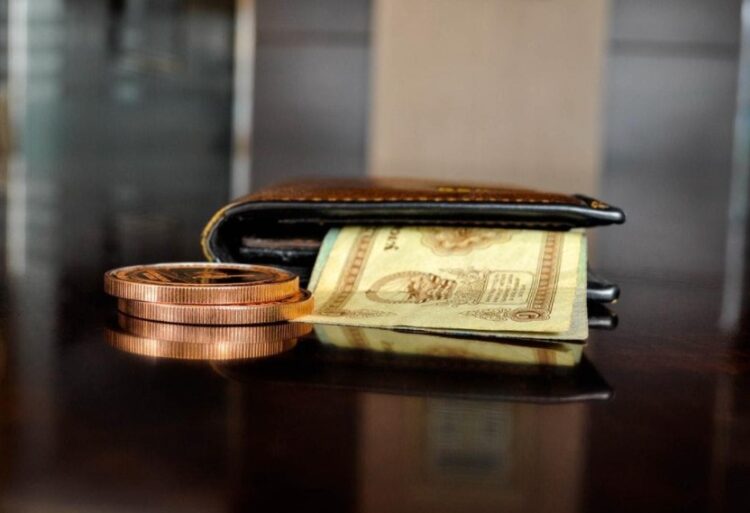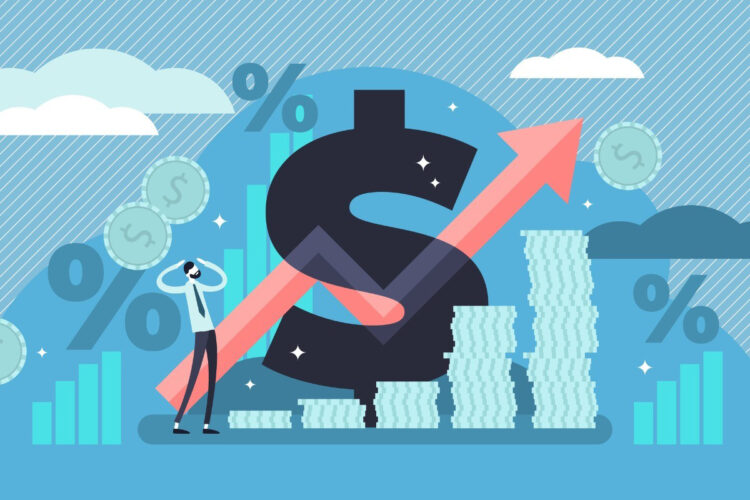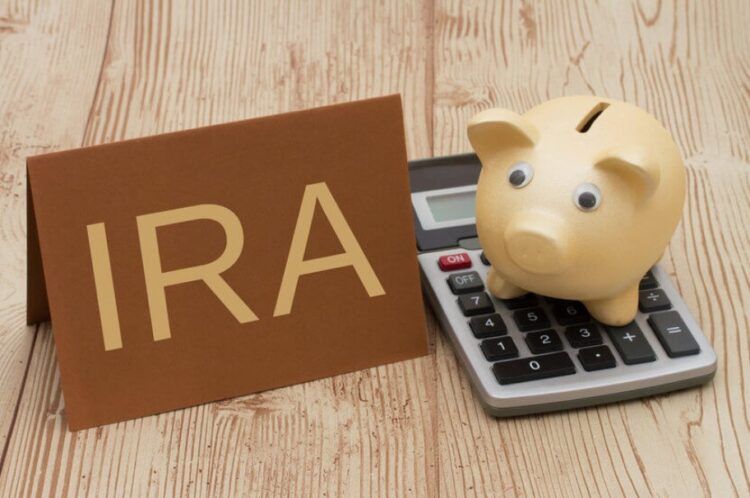Everyone knows the basic law of supply and demand when it comes to economics. When more people want one thing, its price is going up. If no one wants it, the price is going down. That’s pretty simple when we’re dealing with products and services. If someone wants an apple for 10 cents, you can pay 11 cents and buy it if it’s the last one. It’s like a bidding match. However, how can anyone solve the problem of supply and demand when it comes to money. Everyone wants more of it.
You can visit this link to read more.When the demand is so high, the supply can’t keep up. When you ask kids what the solution to this problem would be, they would tell you to print more money. However, that just creates a problem of inflation and hyperinflation.
Even a low and stable rate of injecting money into the system can cause severe difficulties in the economy. New money always ends up in the top one percent of people and businesses and then goes down the ladder whilst everyone keeps a small piece. When it gets to the people who need it most, the value has been distorted, and all the prices around them have been increased. This is called the Cantillon effect and causes a sequential shift in buying power.
How can we manage it?

The best that governments have been able to come up with is using monetary policies. Every country has a financial regulator who is responsible for keeping this phenomenon under control, in the case of the United States, which includes the Federal Reserve and the Central Banks. They calculate the amount and the pace of expansion of money, which is code for how much new dollars are going to be printed. The thing that every country is trying to do is maximize employment. The more people are working, the better the economy is going to be.
Next on the list is price stability. You want a pound of apples to cost the same today and tomorrow. The prices can change gradually so that they can’t be drastically felt. Finally, there are interest rates, which tend to be moderate around the world. These three factors combined together can ensure a stable financial environment. That’s the ideal case. Let’s look at what happened in the past two years. You can go to metal-res.com to read more. A pandemic hit out of nowhere and halted trade for a couple of months. The stock market took a hit.
Cryptocurrencies became trending because people started to lose faith in the government. Additionally, more than 40 million Americans lost their jobs. Next, the government decided to create stimulus checks which cost a couple of trillion dollars. All of these things happened in a single year. That’s not good at all for the economy. Now, the consistent rate of inflation is going to change and become drastically higher. Everyone knows it and is starting to prepare for it. Here’s how you can do it too.
What can you do to protect yourself?

When you know that a disaster is coming, you need something to hedge against it. Most people believe that stocks are the best option. This option has benefits and drawbacks. When inflation happens, the stock market goes down, too, since it’s linked to currencies. This means that your money will be liquid, but if you decide to sell, you will just get a bad deal. It’s a great asset for stable economic times. But when there’s going to be a lot of turbulence, the best option is definitely precious metals.
Even though we think we’ve progressed a lot since breaking the gold standard, that is not really the case. Precious metals are now more relevant than ever. Just look at the prices of Bitcoin, which is the digital equivalent of gold. The prices keep breaking new records. During times of economic distress, the value of precious metals rises. For that reason, you need to have a part of your portfolio devoted to safely storing platinum, palladium, silver, and gold. Having a mix of them all is the best option. If you don’t want to do all of the buying yourself, you can create an IRA which will match your portfolio.
Examples

At the moment, all of the currencies in the world are fiat. This means that their value depends on the politics of each individual country. One example of inflation happened after World War I. Germany lost, and even though they didn’t have any money after losing the war, other countries pushed the nation for reparations. Their paper currency didn’t mean anything because the rest of the world devalued it, and hyperinflation followed.
People instantly spent all of their cash and started to trade in silver and gold. For a single ounce of gold, you could get an entire house. An ounce of silver was worth a car at the time. This is an extreme example that happened a hundred years ago.
History has a way of repeating itself. Another similar situation happened in the 1990s in Peru, and Zimbabwe was last in the crisis of 2008. The people who lived in those times didn’t have the chance to learn about personal finance and invest their money wisely. For that reason, you need to have a hedge in case anything similar happens. It’s better to have gold and never need it rather than need it and never have it.






